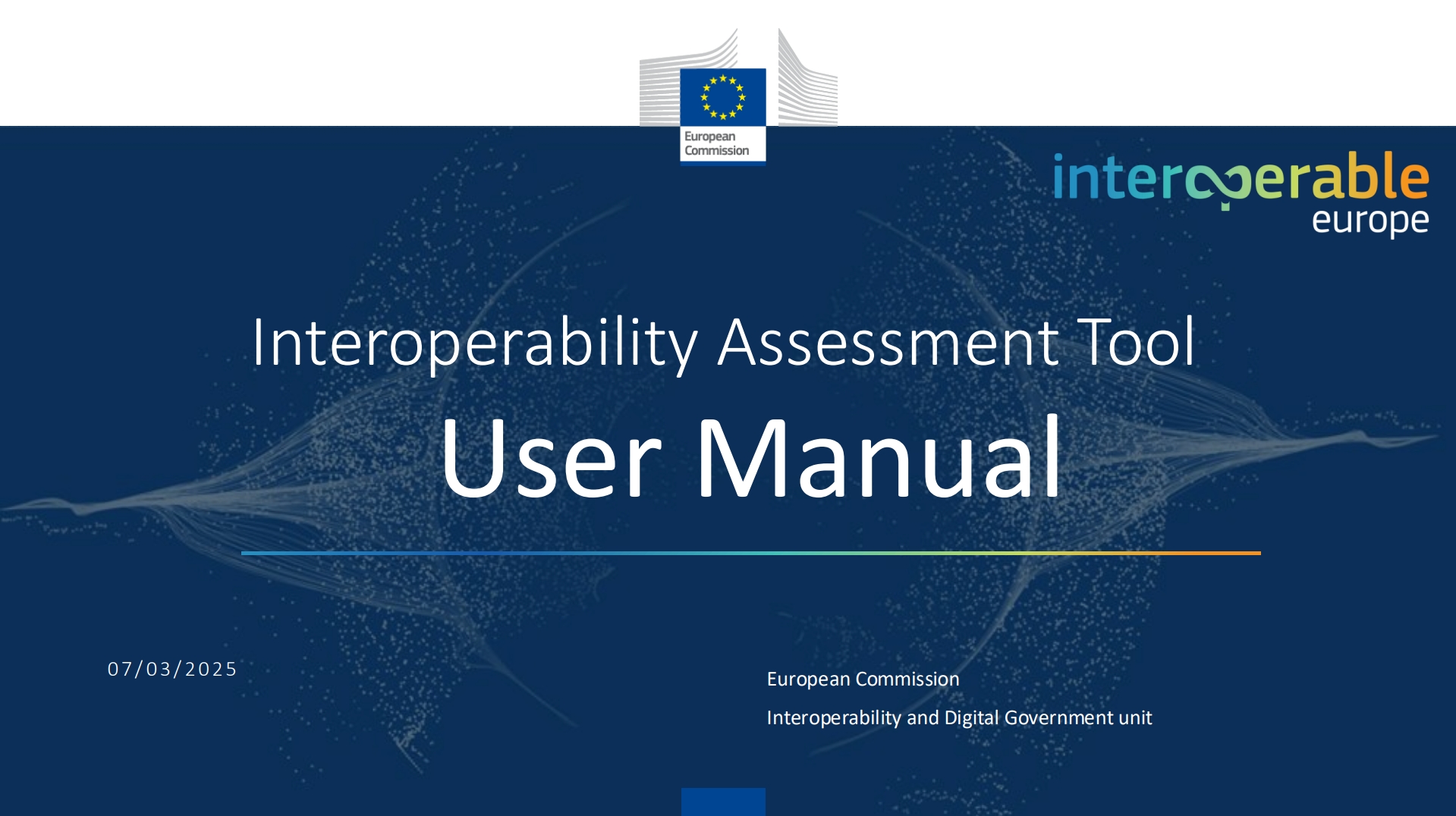
Interoperability assessments are a tool introduced by the Interoperable Europe Act (Art. 3), which aim to enhance cross-border interoperability by obliging public sector bodies and Union entities to conduct interoperability assessments early in the life-cycle of a digital public service. Specifically, these digital public services must have a cross-border dimension (e.g. exchange data across borders), and, before setting new requirements for these services, public sector bodies and Union entities should then assess possible effects on cross-border inteoperability. As a last step of the process, a report on the findings should be published (based on the Annex of the Act) that also serves as a knowledge exchange and sharing best practices as well as solutions. The Commission provides a tool to submit this report on the Interoperable Europe Portal, which has now been complemented by a user manual.
This user manual includes guidance on:
- Guidelines Access: Users can quickly access the interoperability assessment guidelines through the Interoperable Europe Portal for easy navigation and understanding of the assessment process
- Step-by-Step Assessment Initiation: Detailed instructions guide users from drafting a report to officially initiating an assessment with a user-friendly interface.
- Phase-Based Assessment Process: The tool divides assessments into four structured phases—General Information, Binding Requirements, Results, and Supporting Documents—ensuring comprehensive analysis.
- Progress Management: Users can save drafts, continue assessments later, and navigate easily with ‘Next’, ‘Previous’, and draft saving capabilities, preventing data loss.
- Effect Evaluation on Interoperability: Assessments evaluate impacts on four key areas—legal, organizational, semantic, and technical interoperability—classifying effects as beneficial, negligible, or risky.
- Binding Requirements Integration: Users can list and specify important binding requirements alongside stakeholders’ geographical distribution and sectorial relevance.
- Solution Identification and Barrier Analysis: Quick identification of interoperability solutions and barriers is encouraged, enhancing the quality and relevance of assessments.
- Report Sharing and Discovery: The tool facilitates exporting assessment reports in PDF for sharing, and offers features to search and discover existing published reports.

